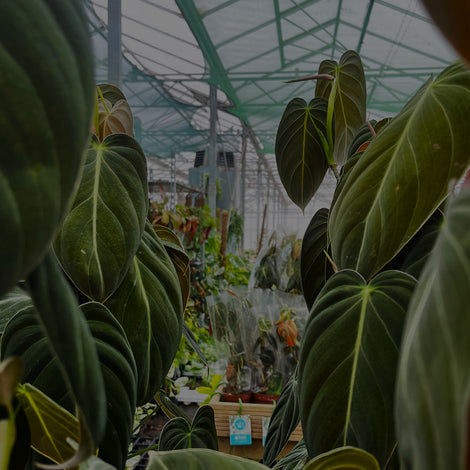A guide to the best Succulent plant soil
Succulent plants require well-draining soil that allows excess water to drain away quickly to prevent root rot. Here is a detailed guide to the best soil for succulent plants:
-
Soil composition: Succulent plants prefer well-draining soil that is able to hold some moisture but not become waterlogged. The ideal soil mix for succulent plants should be a blend of potting soil, perlite, and coarse sand. The potting soil provides nutrients and organic matter, while the perlite and coarse sand provide good drainage and aeration. You can also add some gravel or crushed rocks to the soil mix to improve drainage further.
-
pH level: The pH level of the soil can affect the growth and health of succulent plants. Succulent plants prefer slightly acidic soil with a pH level between 6.0 and 7.0. Testing the pH level of your soil can help you determine if it needs to be adjusted. If the soil is too alkaline, you can add some sulfur to lower the pH level.
-
Organic matter: Succulent plants require some organic matter in the soil to provide nutrients and improve soil structure. A good soil mix for succulents should contain about 25-50% organic matter, such as compost, peat moss, or coconut coir.
-
Drainage: Succulent plants require soil that allows excess water to drain away quickly to prevent root rot. A soil mix that contains a high percentage of perlite or coarse sand can help improve drainage. You can also add some gravel or rocks at the bottom of the pot to improve drainage further.
-
Nutrients: Succulent plants require proper nutrition to maintain healthy growth. Fertilize your succulent plants with a balanced fertilizer every 2-3 months during the growing season. You can also add some slow-release fertilizer to the soil mix when repotting your succulent plants.
-
Watering: Succulent plants should be watered only when the soil is completely dry. Overwatering can cause root rot, while underwatering can cause the leaves to wilt and turn yellow. When watering your succulent plants, water the soil thoroughly and allow excess water to drain away before returning the plant to its original location.
-
Repotting: Succulent plants should be repotted every 2-3 years to prevent the roots from becoming too crowded. When repotting, choose a pot that is slightly larger than the current pot and fill it with fresh soil mix. Be careful not to damage the roots when transplanting the succulent plant.
In summary, the best soil for succulent plants should be well-draining, slightly acidic, contain organic matter, and provide good aeration. A soil mix that contains potting soil, perlite, and coarse sand can be a good option. With proper soil and care, your succulent plants can thrive and add beauty to your indoor or outdoor space.





















Leave a comment
Please note, comments need to be approved before they are published.